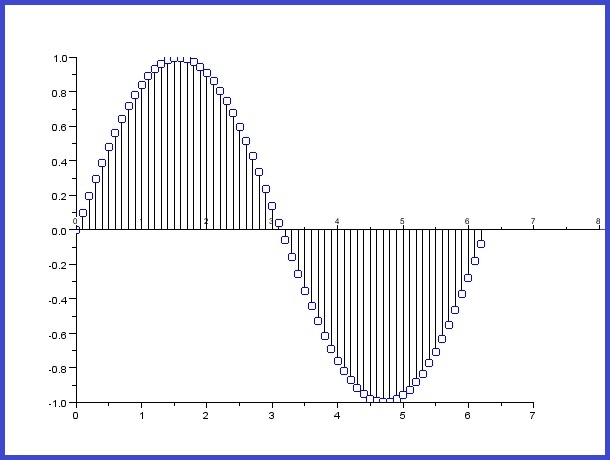
What Is Quantization and Sampling?
Understanding Quantization Process
Quantization is the process of converting a continuous analog signal into a discrete digital signal by mapping it to quantization levels. These quantization levels are distinct and countable, allowing the analog signal to be accurately represented in digital form.
Importance of Sampling in Analog to Digital Conversion
Sampling is the process of capturing discrete samples of an analog signal at regular intervals. By sampling the analog signal, we can convert it into a digital format for processing and transmission. Sampling is crucial in preserving the integrity and fidelity of the original analog signal during the conversion process.

Types of Quantization
Explanation of Quantization Levels
Quantization levels refer to the specific discrete levels into which the analog signal is mapped during the quantization process. These levels determine the precision and accuracy of the digital representation of the original analog signal.
Types of Quantization Techniques
1. **Uniform Quantization:** – Divides the range of the analog signal into equal intervals. – Simple and easy to implement.
-
Non-Uniform Quantization:
- Unequal intervals are used for different parts of the signal range.
- Allows for better representation of signals with varying amplitudes.
-
Mid-Tread and Mid-Rise Quantization:
- Mid-tread quantization sets the zero level in the middle of the range.
- Mid-rise quantization sets the zero level at one end of the range.
-
Companding Quantization (μ-Law and A-Law):
- Utilizes non-linear quantization to improve signal-to-noise ratio.
- μ-law and A-law are companding techniques commonly used in telecommunication systems.

Types of Quantization
Explanation of Quantization Levels
Quantization levels are the discrete levels into which the analog signal is mapped during quantization, determining the digital precision and accuracy.
Types of Quantization Techniques
1. **Uniform Quantization:** – Divides the analog signal range into equal intervals, simple to implement.2. **Non-Uniform Quantization:** – Uses unequal intervals for varying signal amplitudes.3. **Mid-Tread and Mid-Rise Quantization:** – Mid-tread sets zero in the middle, while mid-rise places it at an end.4. **Companding Quantization (μ-Law and A-Law):** – Non-linear quantization techniques like μ-law and A-law improve SNR in telecommunications.

A-Law Compression
Features and Compression Algorithm of A-Law
A-Law compression is a logarithmic companding algorithm used in telecommunication to reduce dynamic range. It provides a higher signal-to-noise ratio by compressing the amplitude of the input signal based on logarithmic function. A-Law compression allocates more bits for lower amplitude signals and fewer bits for higher amplitudes, improving the overall quality of the signal transmission.
Characteristics of A-Law Compression Graph
– A-Law compression graph exhibits a non-linear relationship between input and output signal amplitudes.- The compression curve of A-Law is steeper for lower amplitudes, ensuring better representation of quieter sounds.- This compression technique is widely used in digital voice processing for efficient storage and transmission.

Comparison between μ-Law and A-Law
Variations in Compression Parameters
– μ-Law and A-Law are both companding algorithms used in telecommunications for signal compression.- The μ-Law compression algorithm is based on a piecewise linear function, while A-Law compression relies on logarithmic companding.- A-Law assigns more bits to lower amplitude signals, offering better signal-to-noise ratio compared to μ-Law.- μ-Law is commonly used in North America and Japan, while A-Law is preferred in Europe and other parts of the world.
Performance Differences in Signal Compression technology
– A-Law compression provides a more uniform signal quality across different amplitudes due to its logarithmic nature.- μ-Law may introduce distortion for low-level signals, impacting signal fidelity.- A-Law offers better dynamic range compression, making it suitable for voice transmission where preserving subtle details is crucial.
